We continue to see big changes in ski, boot and binding design and technology, which make off-piste skiing and ski touring much more accessible.
For our Off-Piste Coaching courses, good downhill ski and boot are required.
Skis
This winter our lead guides are using Elan skis. Praised by magazine testers and professional skiers alike for its unique blend of lightweight performance, the Ripstick 96 is proven to be the ultimate freeride ski in all snow conditions. The Ripstick 106 is the ultimate freeride ski for any terrain. From boundary line to base lodge, peak to parking lot, and trailhead to tailgate this ski excels in all conditions. The new Ripstick Tour 94 is designed on a wider platform, enabling the skier to float better, ski faster, and turn easier in backcountry conditions.
It is built to blend high performance at a low weight, for the perfect mix of freeride downhill performance and efficient ascending capability. With Ripstick Tour 94, the confidence to conquer long ascents and charge challenging descents is the name of the game.
There are many ‘all-mountain/freeride’ skis to choose from and we also recommend skis from Salomon, Dynastar, Movement, Black Crows, Trab Skis, Scott and Volkl. Look for a ski that is the right size for your height, typically the tip of the ski should be somewhere around your nose height. As for the width of the ski or “side cut” a mid-fat ski – 90-110mm under the foot is a good place to start; this offers plenty of flotation off piste while remaining suitable for day tours and they should also handle reasonably well on piste and mixed terrain.
Elan Skis: www.elanskis.com
Dynastar Skis: www.dynastar.com
Movement Skis: www.movementskis.com
Black Crows Skis: www.blackcrows-skis.com/
Trab Skis: www.skitrab.com/en-us/
Scott Skis: http://www.scott-sports.com
Volkl Skis: http://www.voelkl.com
There are plenty of other great skis to choose from so if you’re planning on buying skis for ski touring or general skiing and have any questions do not hesitate to call us, or Lockwoods, to discuss the options available.
Boots
For off-piste performance courses, standard downhill ski boots are ideal, they offer rigidity, responsiveness and flex depending on the snow conditions. If you have ski touring boots or a pair of the hybrid freeride/touring boots with a walk mode, then these are fine too, bring them with you. We do not recommend you come on a trip with brand new boots.
Boot Liners
These days many manufacturers offer ‘thermo-fit’ liners as standard equipment. You may also want to consider a custom liner. Heated and moulded to your foot and boot for a perfect fit, they can make all the difference especially if you have trouble finding really comfortable ‘off-the-shelf¹ boots. Zipfit liners are a great option for anyone seeking total customisation in fit and comfort. They will replace the original liner.
Custom Footbeds
Essential kit – to provide additional comfort and ski control. If you want to get footbeds made or a pair of new boots fitted then we suggest you visit somewhere like Profeet for a professional fitting.
Bindings
Standard downhill bindings.
 Off-Piste
Off-Piste Ski Touring
Ski Touring Via Ferrata
Via Ferrata Ice Climbing
Ice Climbing Alpine Glacier Trekking
Alpine Glacier Trekking Worldwide Trekking
Worldwide Trekking




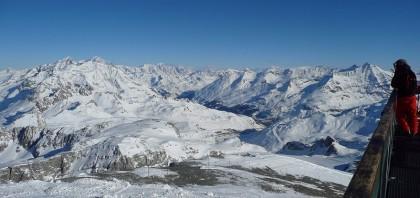
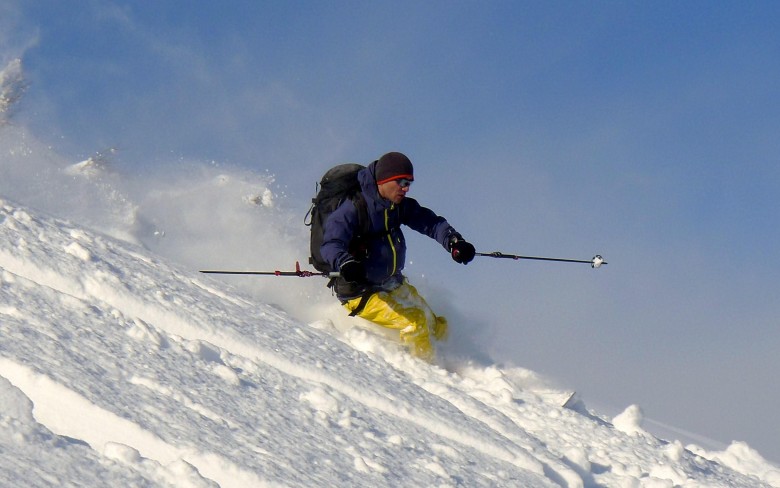
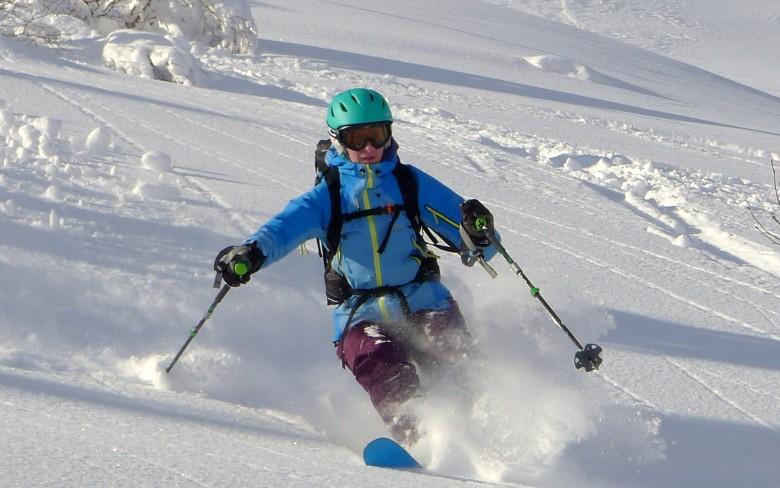

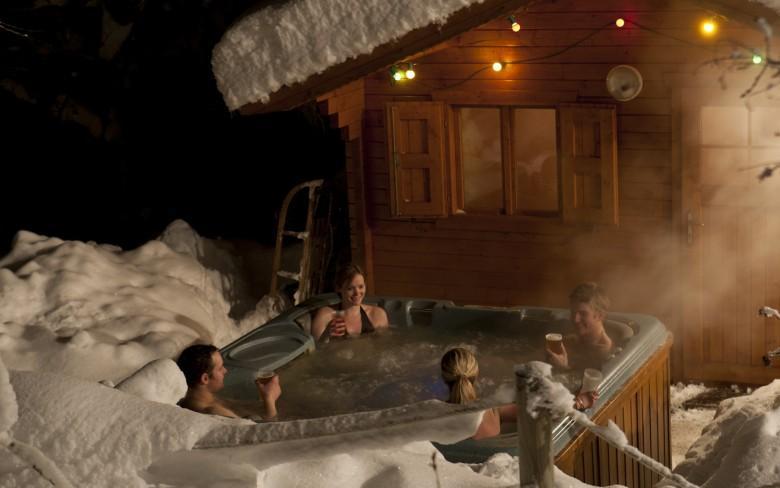
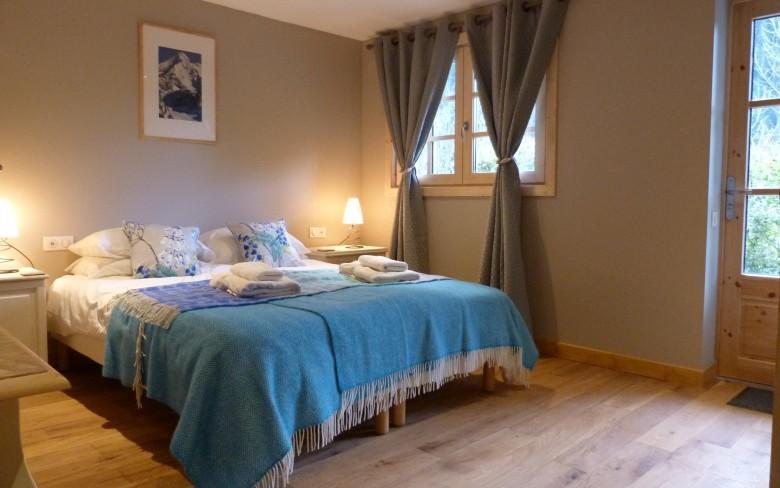
 Travel Website Development
Travel Website Development